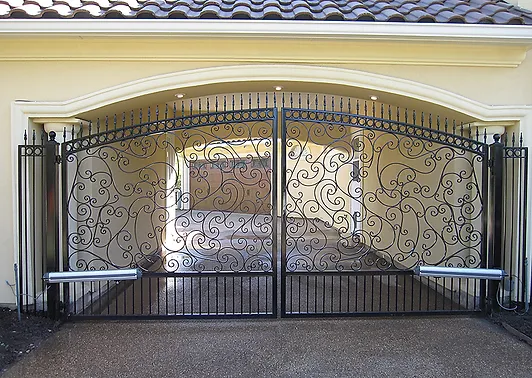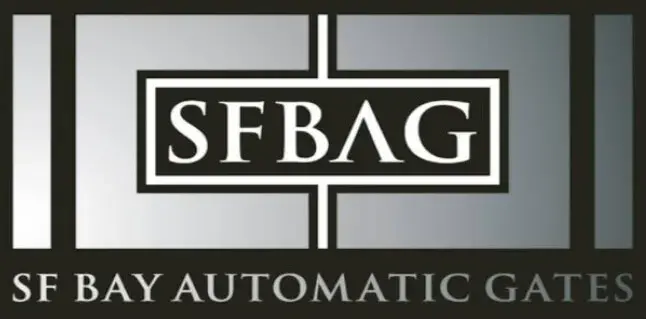
However, a comprehensive understanding of these systems and their functioning is instrumental in pinpointing any faults that may arise, thereby facilitating prompt corrective action.
The science behind these automated entry systems is both fascinating and practical, offering robust solutions to modern security needs while showcasing advancements in automation technology.
Delving into the realm of troubleshooting and repairing gate issues requires not only technical expertise but also analytical acuity.
A methodical approach to identifying problems can often unveil underlying flaws that might otherwise remain concealed.
Furthermore, knowing the precise mechanisms at work within an automated gate system enables one to predict potential future complications – foreknowledge which can be harnessed for preventative maintenance or timely repair.
In this exploration into the mechanics and repair techniques associated with automatic gates, readers will find a sense of connection through shared knowledge, demystifying what can initially seem like a formidable technological challenge.
Understanding the Mechanics of Automated Entry Systems
Delving into the mechanics of automated entry systems necessitates a comprehensive grasp of diverse components such as sensors, actuators, and control units, all harmoniously functioning to ensure efficient operation.
Sensors serve as the system’s eyes, detecting motion or presence nearby and triggering the opening or closing mechanism.
Actuators, on the other hand, are responsible for executing these movements. Fundamentally mechanical devices that convert energy into motion, they are pivotal in physically manipulating gates – whether it be swinging them open or sliding them aside.
Lastly but critically is the control unit – effectively the brain of an automated gate system. This component interprets signals from the sensors and dispatches commands to the actuators accordingly.
In addition to these primary components, understanding automated gate functionality requires familiarization with power sources and communication systems linking different parts together.
Power sources can range from conventional electrical mains supply to solar panels for eco-friendly alternatives; choosing appropriate ones hinges on factors like geographical location and frequency of gate usage.
Meanwhile, communication within an automated gate system may rely on wired connections or wireless technologies like radio frequencies (RF) or infrared (IR).
These intricate details underscore how multifaceted automatic gate mechanics truly are – a testament not only to technological advancement but also human ingenuity at large.
Troubleshooting and Repairing Gate Issues
Understanding the common issues with gate systems and their corresponding solutions is crucial in maintaining the efficiency of these security devices.
The most prevalent problems revolve around power supply, remote control functionality, mechanical components such as gears and motors, as well as software glitches.
In terms of power supply, it’s imperative to check for faulty wiring or irregular power sources that can hamper the proper functioning of automatic gates.
Similarly, troubleshooting a malfunctioning remote control may involve replacing batteries or resetting its programming codes.
Mechanical issues often require more intensive repairs or replacements involving the motor or gear system while software-related problems usually necessitate an update or reinstallation of gate operating systems.
When dealing with mechanical issues like worn-out gears and defective motors, professional intervention is typically required due to the technical nature of these components.
Gears must be meticulously inspected for any signs of wear and tear that could potentially compromise their function while motors should consistently undergo regular performance checks to ensure optimal operation.
Software glitches on the other hand can often be resolved via system updates which serve to rectify bugs and improve overall system performance.
It’s also important to note that routine maintenance plays a critical role in preventing many common gate issues from arising in the first place; thus investing in regular servicing can contribute significantly towards prolonging the lifespan and enhancing the reliability of automated entry systems.
}
